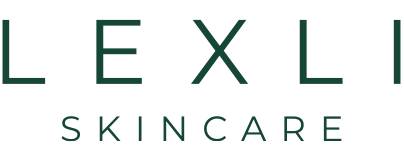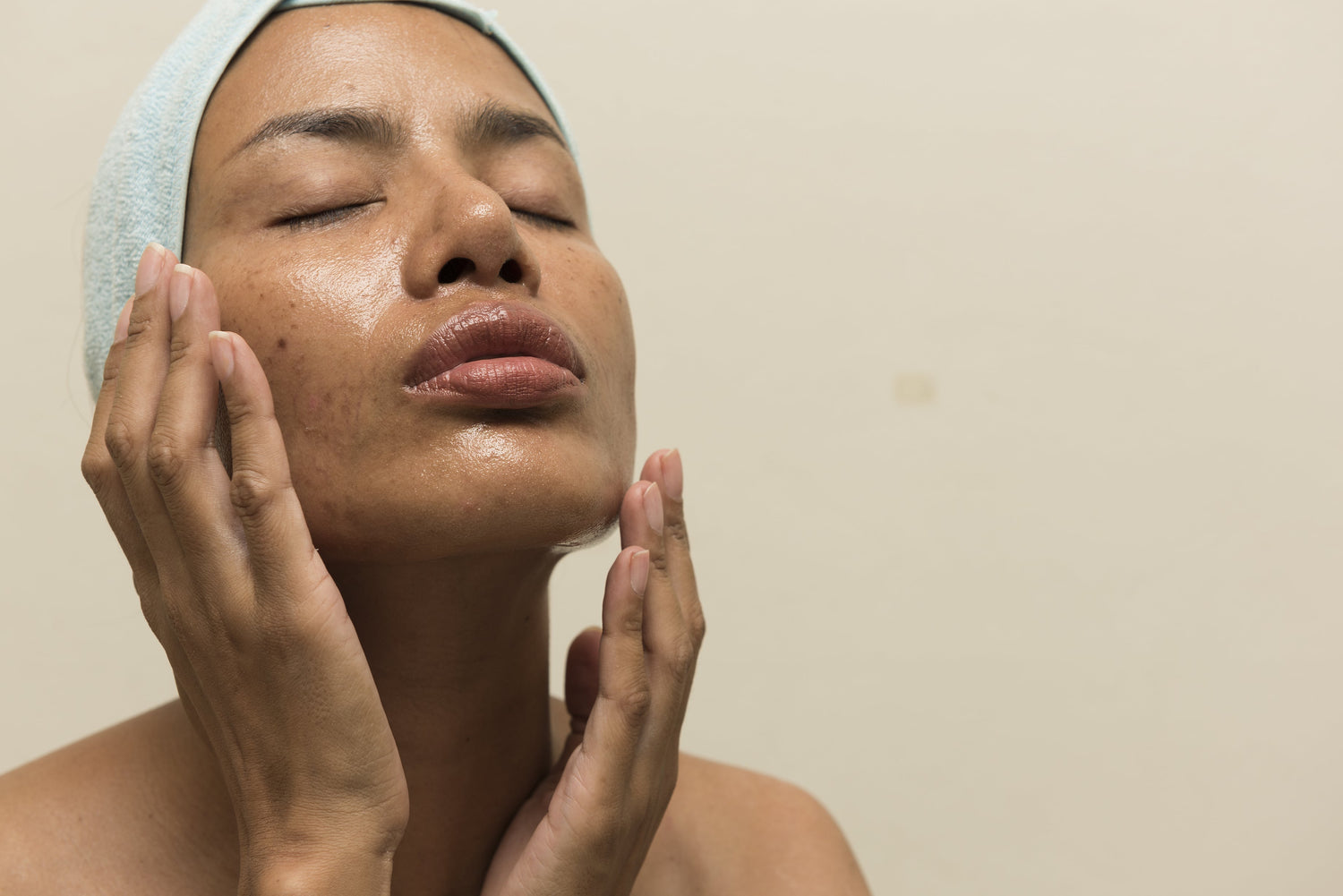Today’s skincare products have an incredible ability to improve the aesthetics and overall quality of your skin thanks to advances in ingredient research and development. And while serums and creams formulated with peptides, growth factors, hyaluronic acid and other potent ingredients will have a measurable effect on your skin, getting those results requires patience.
If you want to see improvements in your skin without the long wait, exfoliation is where it’s at. Consider some of the benefits of exfoliation:
- Enlarged pores are often due to build-up of dead skin cells and sebum in the pores. By unclogging pores, exfoliation helps them to appear smaller while reducing the potential for skin congestion.
- When dead skin cells (keratin) build up on the surface of our skin, our complexion looks dull, fine lines are more pronounced and our texture is less than optimal. Exfoliation helps to soften skin, create a more even complexion and reduce the appearance of fine lines while giving it an instant glow.
- If you use self-tanner, exfoliation helps your artificial tan appear more even, natural and will help it to last longer.
Skin exfoliation can happen through two methods:
Chemical exfoliation uses acids to dissolve the intercellular cement that holds dead skin cells together. While the idea of using acid to dissolve layers of keratin sounds a bit scary, we promise you that chemical exfoliation is a wonderful thing. In fact, when a well-formulated product is used, like AloeGlyC+, an aloe-based chemical exfoliant, this form of exfoliation is not only incredibly effective but also very gentle to the skin.
When to use this form of exfoliation:
We recommend that you use a chemical exfoliator regularly, regardless of your skin type. For best results, give your skin time to adjust to the product. Initially, blend the exfoliating product with an equal amount of moisture and apply to skin just a few times each week. As your skin can tolerate this buffered application, begin reducing the amount of moisturizer until you can use the product full-strength. Then, slowly begin increasing your frequency of product use until you reach the interval that works best for your skin.
Mechanical exfoliation requires physical force to remove dead skin cells. Keep in mind that this form of exfoliation requires significant and/or repetitive physical force to effectively reduce the build-up of keratin. For that reason, we believe that mechanical exfoliation is ineffective as the primary means of exfoliation.
Ever notice that the lower half of men’s faces tends to look youthful? This is because of shaving, a mechanical form of exfoliation. Other forms of mechanical exfoliation include professional treatments like microdermabrasion and laser resurfacing, as well as the use of facial sponges and rotary cleansing tools at home. Products that are marketed as scrubs and polishes tend to fall into the mechanical exfoliation category, as they use an abrasive ingredient to abrade keratin.
When to use this form of exfoliation:
Mechanical exfoliation is great as a supplement to chemical exfoliation, as it leaves your skin immediately feeling softer while reducing the appearance of flaky patches. If you do use facial scrubs or polishes, we recommend limiting their use to just a few times each week.
Finally, a few notes of caution:
- Chemical exfoliation makes the skin extremely sensitive to sun exposure. (Think about it – you’ve removed the outermost layer of dead skin cells and exposed the fresh, new skin cells beneath.) Therefore, while we consider sunscreen an absolute must each day, it is especially so when you’re exfoliating.
- Mechanical exfoliators (scrubs) that use crushed nut shells, should be avoided. These harsh ingredients can create microscopic tears in the skin and result in lasting damage.
- As noted above, the skin of many individuals needs time to adjust to a regular chemical exfoliation practice. Therefore, be sure not to jump into exfoliation with a frequent, full-strength application.
- During the period of time when your skin is adjusting to chemical exfoliation (first few weeks of use), you may experience side effects, including increased breakouts, increased redness and/or flaking. These side effects are normal but if they don’t subside within three weeks, discontinue use of the product.





